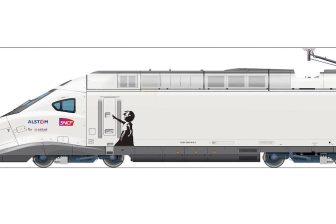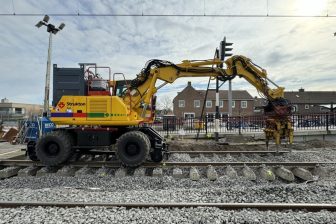
ERA: Chinese rail inventions have overtaken European ones
In total numbers, China produces the most innovations in the railway sector, finds a new report by the European Union Agency for Railway (ERA). Interestingly, most of these patents are filed only domestically, and when looking at innovations brought to multiple countries, the EU takes the lead. Part of the ERA analysis are the European Union, the United States, China, Japan, and South Korea.
Want to read more?
You have read all of your free premium articles for this month. Please become a subscriber to keep reading.
Subscribe now!
Take advantage of our exclusive offer to get full access to all premium content.



